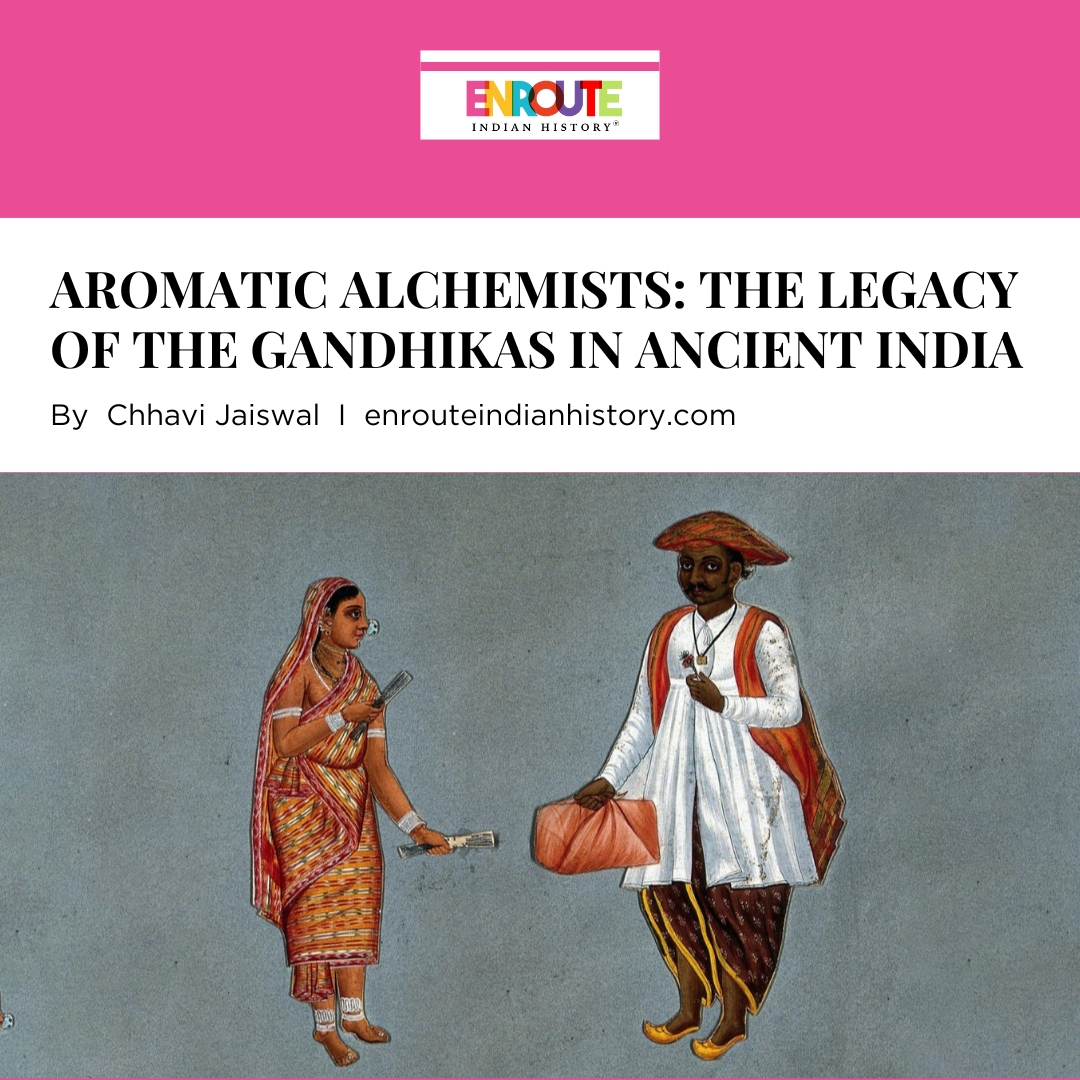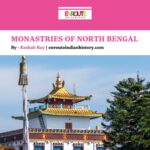Fragrant Fusions: Exploring Exotic Spices and Indian Perfumery
- enrouteI
- July 26, 2024
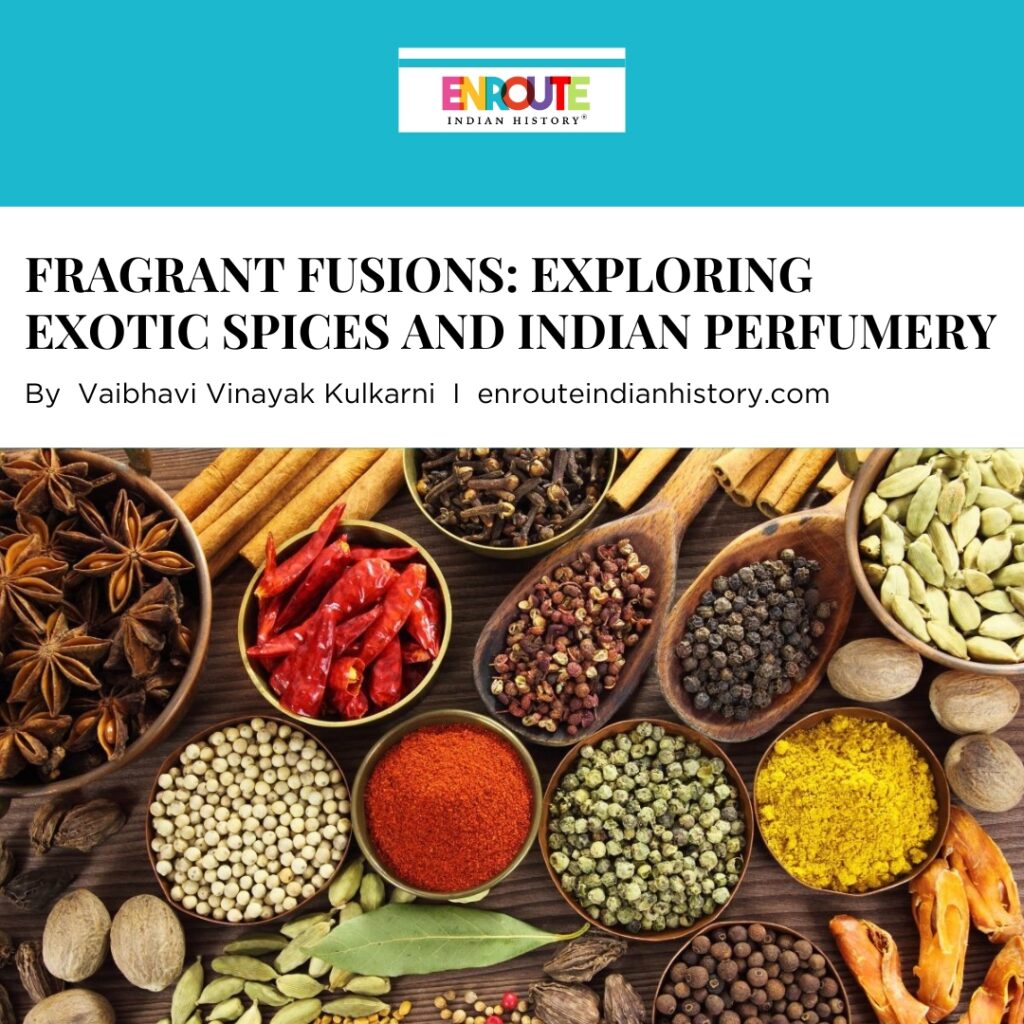
Have you ever wondered why a simple whiff of sandalwood, jasmine, or spices can instantly transport you to a different place? The warm, woody aroma of sandalwood can evoke the tranquil ambiance of southern Indian temples, while the sweet, delicate scent of saffron might conjure up the picturesque beauty of Kashmir. These fragrances do more than just please the senses; they ground us and create a deep connection to specific places, evoking a profound sense of nostalgia and belonging.
India, renowned for its aromatic treasures, has been celebrated across the world for centuries as a premier source of perfumes. In medieval Europe, India was often imagined as a paradise brimming with exotic scents, so enchanting that its air seemed infused with the very essence of the Garden of Eden. This enchanting vision was not limited to the imaginations of foreigners. Within India itself, people have held a deep reverence for exotic scented materials, often going to great lengths to seek out these olfactory treasures from distant regions and islands. This constant pursuit and appreciation of aromatic materials have continuously enriched the world of Indian perfumery. The use of spices, flowers, and other aromatic materials in creating perfumes is not merely an art; it is a cultural legacy that has been passed down through generations. Whether it is the soothing aroma of sandalwood, the sweet scent of saffron, or the exotic blend of spices in a traditional attar, these fragrances continue to captivate and enchant the world.
Each scent tells a story, weaving a tapestry of memories and emotions that are as diverse as the land itself.
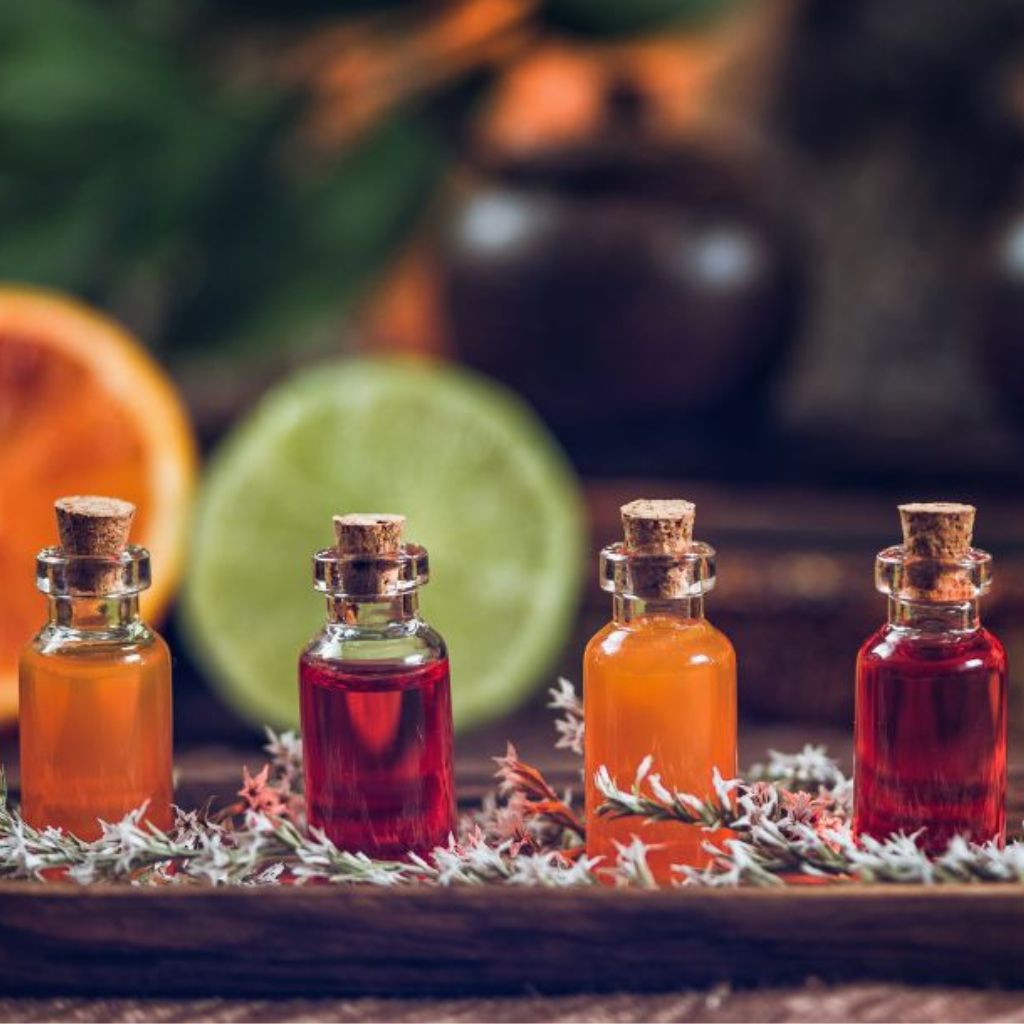
xr:d:DAFeB008SRA:21,j:43874105187,t:23032318
Attars, important part of Indian Perfumery (Source: Google Photos)
Exotic Indian Spices: The Heart of Perfumery
India’s aromatic legacy is a treasure trove of exotic spices that are crucial in creating some of the world’s most beloved fragrances. The historical significance of Indian spices goes back to ancient times. For centuries, caravans and ships carried Indian spices, perfumes, and textiles to distant lands like Mesopotamia, Arabia, and Egypt. Spices were once so valuable that men risked their lives to obtain them, and during the Middle Ages, spices like ginger, mace, and pepper were worth their weight in gold. This rich history is not just about trade and economy; it’s about how these spices have been intertwined with our culture and daily lives.
Did you know that about 70% of our gustatory experience is attributed to smell?
This fascinating fact highlights why spices, rich in volatile oils, are essential not just for taste but for aroma. The volatile oils of spices play a vital role in both fragrance and flavor. These oils are what make spices aromatic and flavorful, enhancing the overall sensory experience. The pleasing scent of spices enhances our appetite, making food more enjoyable before it even reaches our taste buds. This principle is equally important in perfumery, where the scent is designed to captivate the senses and evoke emotions. Imagine the warm, sweet aroma of cinnamon or the sharp, invigorating scent of black pepper—these scents don’t just flavor our food; they shape our experiences and memories.
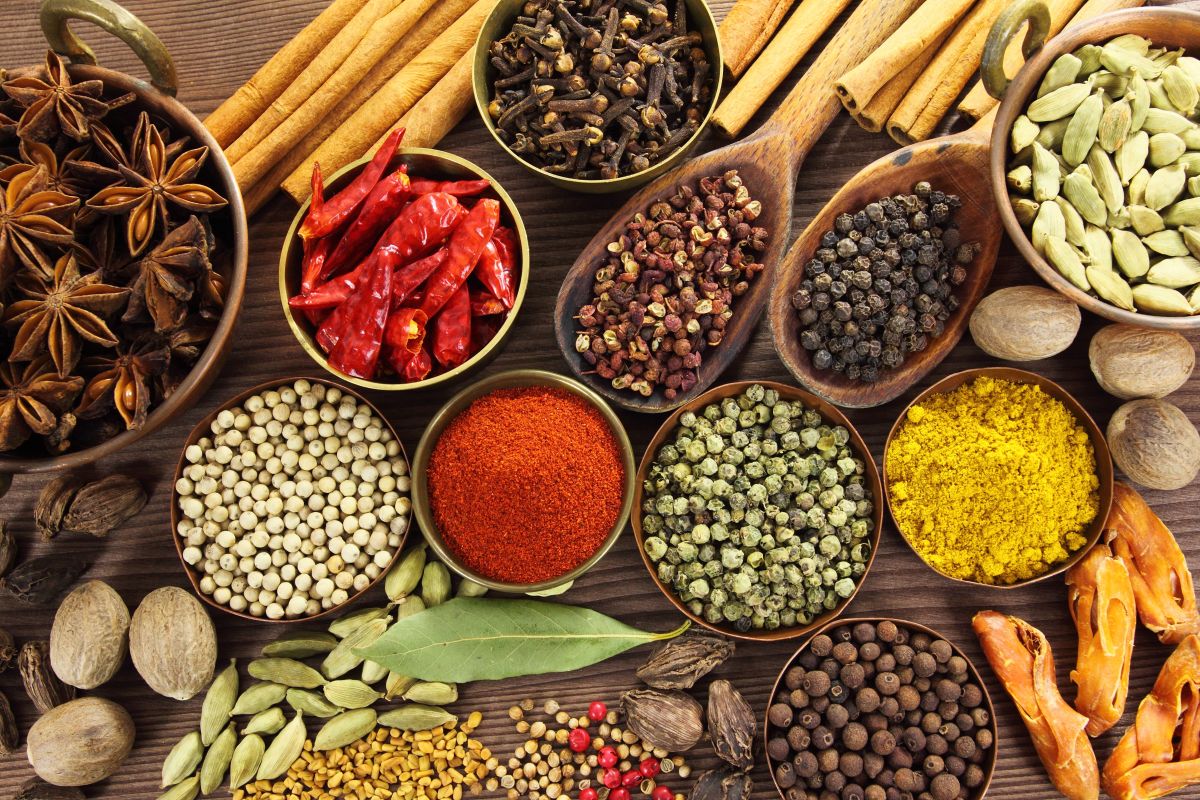
Spices and herbs in metal bowls and wooden spoons. Food and cuisine ingredients.
Indian Exotic Spices (Source: Google Photos)
Spices used in Perfumery
Indian perfumes and spices have always had a symbiotic relationship, with spices playing a crucial role in the art of perfumery. Spices like cinnamon, ginger, black pepper, clove, saffron, coriander, and cardamom add a distinctive note to perfumes, creating layers of complexity and depth. These spices are procured from various parts of plants, including tree bark, roots, seeds, and fruits, distinguishing them from herbs, which include leaves, flowers, and stems.
Elettaria cardamomum (Elaichi)
Elettaria cardamomum is commonly known as Cardamom or Elaichi. Cardamom, with its sweet, spicy, and woody scent, is a staple in Indian perfumery. Its warm and inviting fragrance makes it a popular choice for creating balanced and harmonious attars. Perfumers often blend cardamom with floral notes, enhancing its natural sweetness while adding complexity to the overall scent. It is frequently used as a top or middle note. The seeds and pods of cardamom are typically distilled to extract the essential oil and capture its essence. Cardamom oil is used in luxurious fragrances.

Cardamom Essential Oil (Source: Google Photos)
Cinnamomum verum (Dalchini)
Cinnamomum verum is commonly known as Cinnamon or Dalchini. Cinnamon provides a warm, sweet, and spicy note that adds depth and richness to perfumes. Its distinctive aroma is both comforting and exotic, making it a valuable ingredient in both traditional and modern perfumery. The essential oil of Cinnamon can be extracted from the bark, leaves, roots, and stems of the tree and interestingly each part of the tree offers a slightly different fragrance. Cinnamon oil is combined with other spices and floral notes to create complex and alluring scents. Its ability to enhance the longevity of a fragrance makes it a cherished component in many blends.
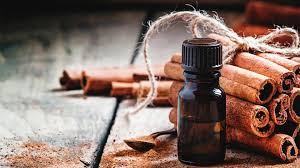
Cinnamon Essential Oil (Source: Google Photos)
Syzygium aromaticum (Laung)
Syzygium aromaticum is commonly known as Clove or Laung. Clove is known for its strong, spicy, and slightly bitter scent. Clove adds a sharp and distinctive note to perfumes, also due to its potent aroma it is used sparingly. Its oil, derived from the buds through steam distillation, is often blended with floral and woody notes to create a balanced fragrance profile. Clove’s bold scent is particularly favored in winter fragrances, where its warmth and spiciness can be fully appreciated.
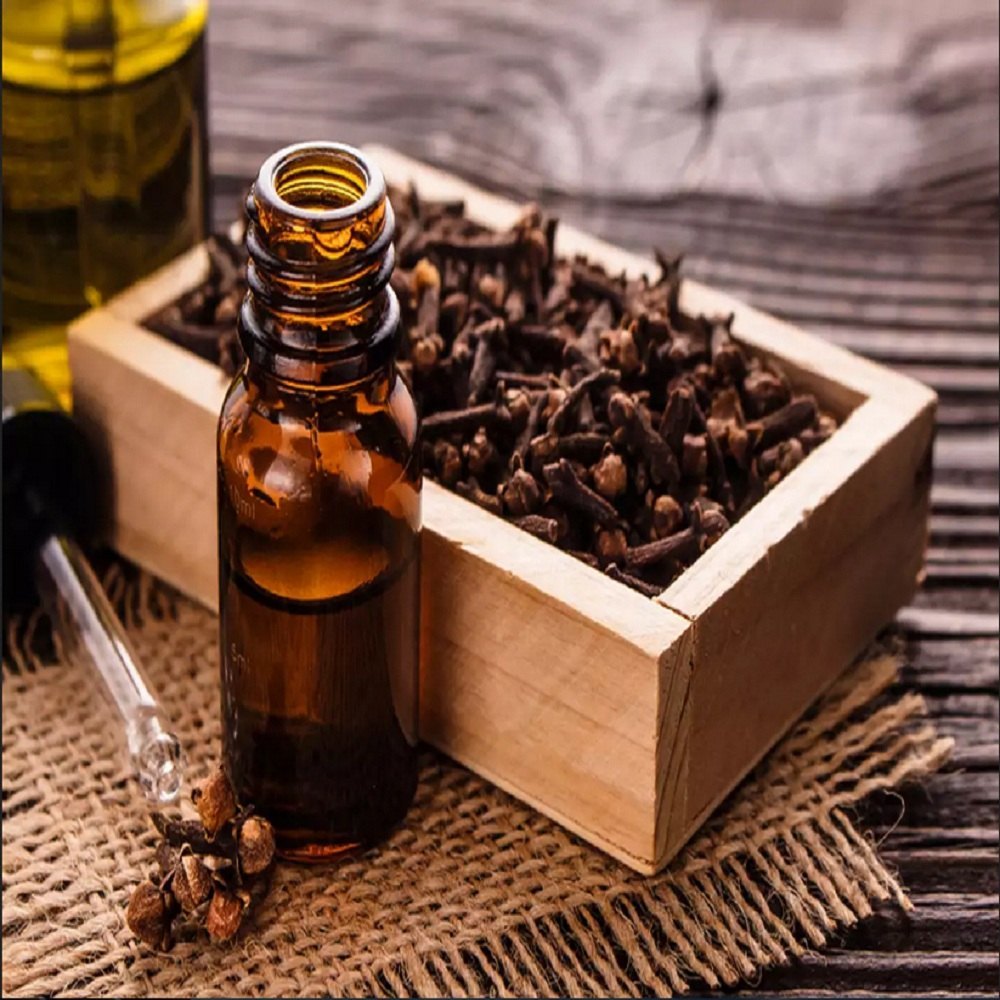
Clove Essential Oil (Source: Google Photos)
Myristica fragrans Houtt (Jaiphal)
Myristica fragrans Houtt is commonly known as Nutmeg or Jaiphal. Nutmeg offers a warm, sweet, and slightly nutty aroma which is a key ingredient in oriental and spicy perfumes. The essential oil, obtained from the seeds, provides a rich and enveloping scent that pairs well with other spices and resins. Nutmeg’s versatility allows it to be used in various fragrance compositions, adding a subtle sweetness and complexity to the blend. It is often combined with woods and florals to create a multifaceted fragrance experience.
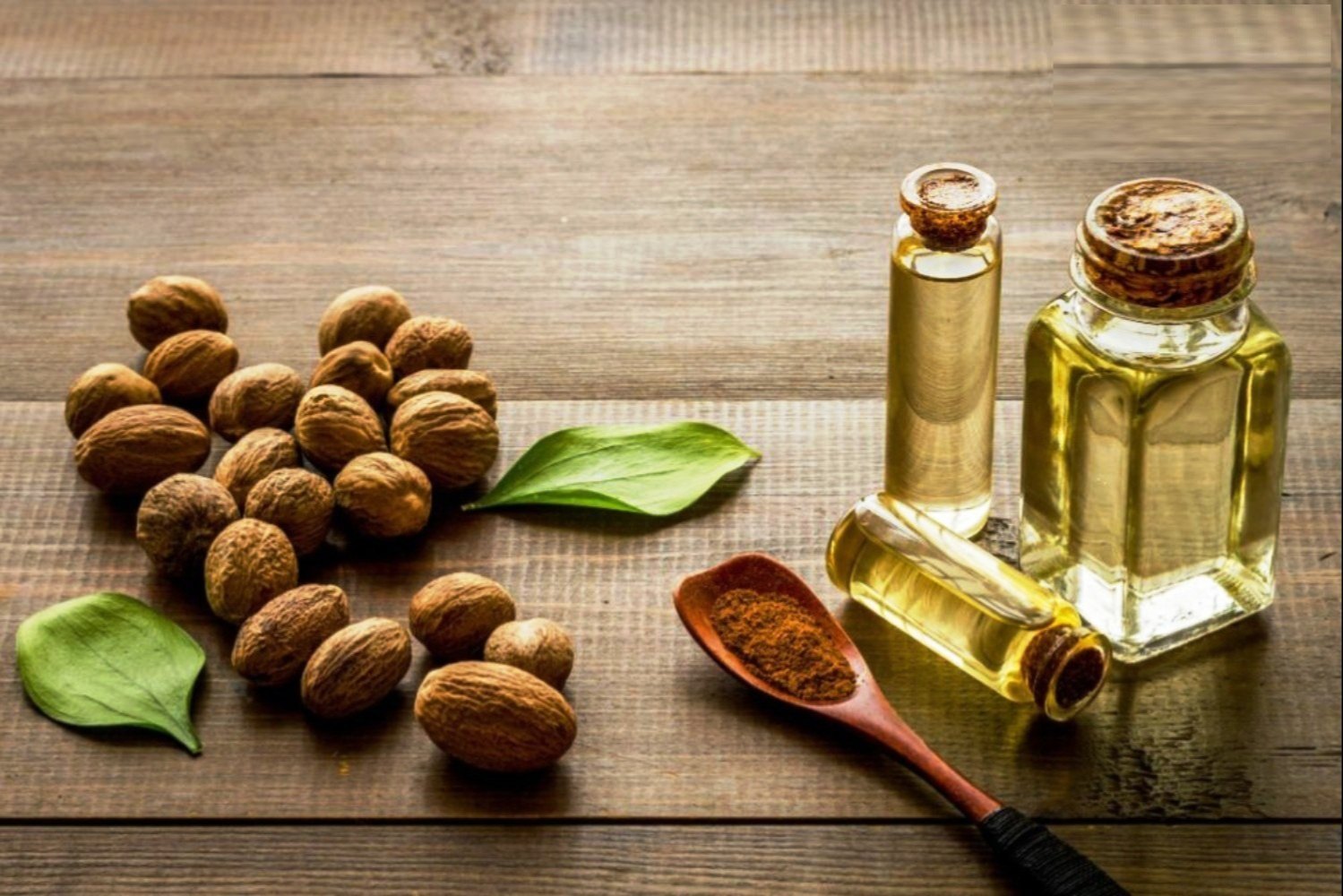
Nutmeg Essential Oil (Source: Google Photos)
Piper nigrum (Kali Mirch)
Piper nigrum is commonly known as Black Pepper or Kali Miri. Black pepper, with its sharp, spicy, and slightly woody scent, adds a fresh and lively note to perfumes. The essential oil, extracted from the dried peppercorns, is used to invigorate and brighten fragrance compositions. Black pepper’s crisp aroma is commonly found in masculine fragrances, where it adds a dynamic and energetic character. Its ability to blend seamlessly with both citrus and floral notes makes it a versatile ingredient in perfumery.
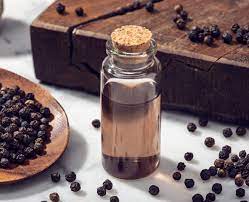
Black Pepper Essential Oil (Source: Google Photos)
Crocus sativus L. (Kesar)
Crocus sativus L is commonly known as Saffron or Kesar. Saffron is renowned for its rich, warm, and slightly metallic scent, making it one of the most luxurious and sought-after spices in perfumery. The essence oil of saffron is extracted from the delicate stigmas of the flower. The Saffron oil is highly valued for its unique aroma. Saffron is often blended with floral and woody notes to create regal and opulent fragrances. Its distinctive scent profile adds a touch of extravagance and sophistication to any perfume.

Saffron Essential Oil (Source: Google Photos)
Spicy and warm fragrances are ideal for the winter months, with cinnamon, clove, and nutmeg being popular choices. In contrast, lighter and fresher spices like cardamom and black pepper are preferred for their invigorating properties in the summer.
The incorporation of these exotic spices into Indian perfumery involves a meticulous process. The base oils, such as sandalwood oil or sesame oil, are chosen for their ability to absorb and carry the essence of the spices. The traditional method of distillation, known as ‘deg-bhapka,’ is commonly used. This process involves boiling the spices in water and capturing the fragrant steam, which contains the essential oils. Once distilled, the spice oils are carefully blended with other fragrant oils, including floral, woody, and resinous notes, to create a balanced and harmonious fragrance.

Degh-bhapka distillation process (Source: Google Photos)
The fusion of exotic spices and Indian perfumery creates a sensory experience that is both enchanting and enduring. These fragrant fusions are not just about pleasing aromas but are deeply rooted in India’s cultural and historical heritage. Whether in food or fragrance, these spices continue to captivate and connect us to a rich and aromatic past. The ancient secrets of Indian perfumery, combined with the extensive use of exotic spices, have created a legacy that continues to captivate the senses and evoke a sense of wonder and nostalgia. These fragrant fusions from the ancient texts of the Arthashastra and Gandhasastra to the artisanal practices of Kannauj, the use of spices in Indian perfumery is a testament to the country’s enduring love affair with the world of scents.
Bibliography:
- https://www.air-aroma.com/blog/scents-and-spices/
- https://www.slurrp.com/article/saffron-cardamon-and-more-herbs-and-spices-used-in-perfumes-1698639598064
- https://mocemsa.com/blogs/news/all-you-need-to-know-about-perfumes-and-spices
- https://allgoodscents.com/blogs/all-good-notes/history-of-indian-fragrances
- Ancient Indian perfumery secrets
- Exotic spice blends in ittar
- Exotic spice ittar blends
- Exotic spices in Indian perfumery
- Historical use of spices in perfumes
- Indian perfumery and spice heritage
- Indian perfumery traditions
- Indian perfumes and spices
- Spices used in Indian perfumes
- Traditional Indian fragrance ingredients
- July 26, 2024
- 9 Min Read


